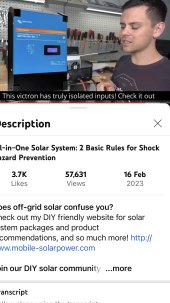It costs you nothing to go ahead and run through the design steps ... a few calculations, power audit, and such will help you know what an "ideal" system is.
From there, you can do what-if's to keep parts of the old (possibly piece-meal?) system components, or choose to go with all new, all mostly trouble-free components.
The generator is a key backup component to your system, so that part is mostly done. Solar panels are there, but you'll need to poke around with them and get numbers off of each set, and figure out how they were layed out (how many "strings" of what kinds of panels). I'd investigate each existing component, and make a listing of it all ... post it back here if ok with sharing the info.
The design steps:
1. Go here, and enter in each appliance's values (watts, hours/day you want to run it, etc.):
https://unboundsolar.com/solar-information/offgrid-calculator
2. Go here, using numbers from above, and fiddle with various entries/components, and you'll see in real-time what your system component (inverter, mppt, panel) sizing is:
https://www.altestore.com/store/calculators/off_grid_calculator/
There are many similar website pages/calculators, but these two pages should help you get through most of the necessary calculations. This helps you quickly decide if you can do what you want to do, and you can vary component choices for what-if scenarios.
This is remote, off-grid, so a small, standalone system would likely consist of an AIO inverter, a battery-bank (even if just one battery for now), and solar panels, along with connecting bit & bobs (cables, fuses, etc.); generator would be a backup to recharge battery-bank if solar not cooperating, or if powering large occasional loads.
Reference voltage (as others have mentioned) is 12v, 24v, or 48v ... don't know what it's like sourcing components down under, but a 12v or 24v is easy to do, especially if power needs and distances are small. 48v is for larger needs & distances, at more cost.
See Will's videos & diagrams for example systems, under "DIY Solar ..." drop-down list at top of this forum.
Hope this helps ...



